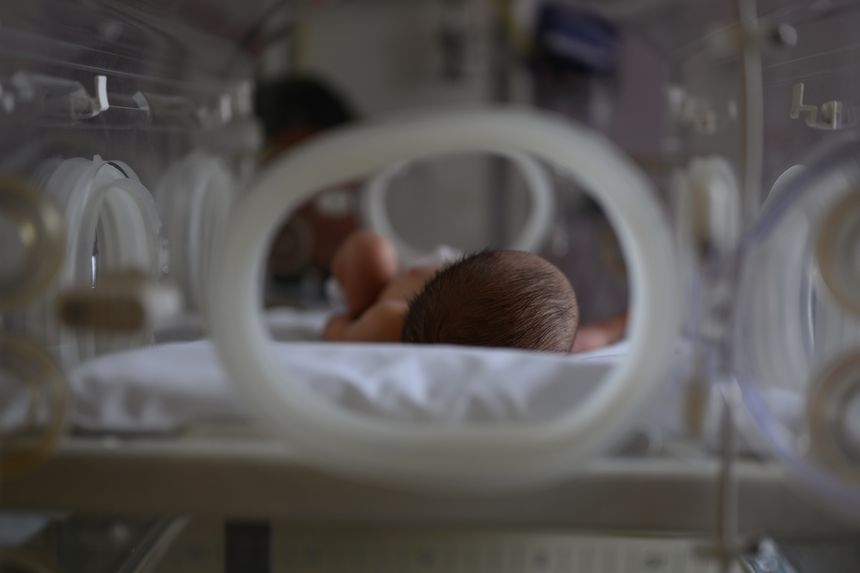A groundbreaking study underway at Cambridge University Hospitals NHS Foundation Trust, in conjunction with the National Institute for Health and Care Research (NIHR), is trialling brain imaging technology that could significantly improve the early diagnosis and management of neonatal brain injuries; injuries which are often central to medicolegal claims.
The fUSiON study (Functional UltraSound integrated with Optical Imaging in Neonates) uses a wearable device resembling a swimming cap, fitted with advanced sensors that combine high density diffuse optical tomography (HD-DOT) and functional ultrasound (fUS). This dual modality approach of light and ultrasound allows clinicians to monitor both surface level oxygenation and deep brain microvascular activity in newborns, offering what is said to be a more complete picture of actual brain function than traditional imaging methods which only look at brain structure. It is also portable and can be used while babies are in their cots, reducing stress for both the parents and the child.
Why this matters
Brain injury arising before or at birth is sadly a cause of lifelong disability. Claims involving avoidable birth injuries can be devastating for families and expensive for the NHS. However, current diagnostic tools for neonatal brain injuries - MRI and cranial ultrasound - are both limited in predictive power and practicality. MRI, while detailed, is costly, logistically challenging, and unsuitable for repeated use during the critical early weeks of a baby’s brain development. Cranial ultrasound, though often more accessible, lacks the resolution and depth needed to assess functional impairment accurately.
The fUSiON study device’s cot-side portability enables frequent, non-invasive monitoring during the neonatal period, when brain changes occur rapidly. This could allow for:
- Earlier identification of at-risk babies
- Timely referrals and therapeutic interventions
- Improved prognostic accuracy at an earlier stage
- Enhanced documentation for legal evaluations if claims are ultimately pursued
The technology could work alongside the NHS’s new programme to reduce brain injury in childbirth, by assisting with earlier detection and treatment for those who are sadly born prematurely or in poor condition and assist them to reach their full potential.
For families, this technology could reduce the additional stressors in the neonatal period alongside an ill baby, offer earlier answers and targeted treatment. For those handling birth injury claims, this technology could:
- Provide more robust evidence of brain injury timing and progression
- Support causation arguments with functional data, not just structural imaging
- Help differentiate between pre-existing vulnerabilities and injury sustained during delivery
- Guide targeted treatment to better effect; and
- Potentially reduce the diagnostic uncertainty that often complicates and prolongs the claims process
Looking ahead
The fUSiON study has successfully completed its initial phase with healthy and premature infants. Researchers are now focusing on babies at higher risk of brain damage. If successful, the technology could be rolled out across UK hospitals, supported by the NIHR HealthTech Research Centre. We’ll watch the developments with interest.


/Passle/59994aefb00e801a0c1447be/SearchServiceImages/2025-12-19-12-52-09-069-69454a795f578b1a57f25bb9.jpg)

/Passle/59994aefb00e801a0c1447be/SearchServiceImages/2025-12-10-07-32-05-080-693921f5c47d027aed97f070.jpg)